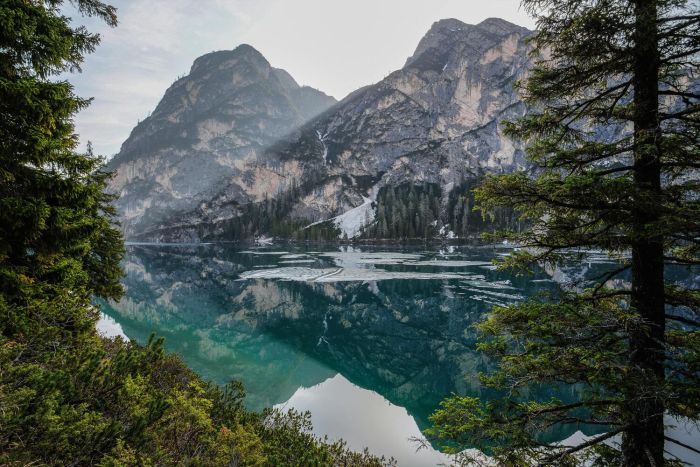Exploring the Ancient Christian Catacombs and other subterranean attractions of Underground Rome will provide you with surprises and emotions which are difficult to find elsewhere. It's a buried city, made of hypogea, columbaria and Mithraea, but also buildings made to be illuminated by sunlight and then ending up buried by the stratification of the soil with the slow passing of time.
We offer Tours of Underground Rome featuring many of the sights listed below, accompanied by a licensed expert Rome Tour guide you'll enjoy a fascinating experience as you descend below the streets of modern-day to travel back in time to the days of Ancient Rome
Near to the Colosseum, a visit to the basilica of San Clemente and its underground levels enables you, going down level by level, to go thousands of years back in time. The base of the building corresponds to a 2nd Century house, in which later was created a Mithraeum, a grotto-shaped room, devoted to the worship of the Persian god Mithras.
Along the walls are arranged the stone benches with which the faithful celebrated the sacred banquet. In the centre of the room, the altar with the cults image is still visible: the god killing the bull, a symbol of good and fertility. Above this level, rose a fourth century church that was abandoned after seven centuries, although, it still has a delightful fresco representing the story of Sisimius.
A highlight of a Rome Underground tour is a visit to Nero's famous Domus Aurea (Golden House). The huge underground rooms, in some cases still adorned with splendid paintings, manage to communicate only a tiny part of what must have been the magnificence and monumentality of the complex that the Emperor Nero had built, on an area of 80 hectares.
The Mamertine Prison (named after the Sabine god Mamers, corresponding to the Latin "Mars"), lies hidden underground and consists of two levels: the upper part, trapezoidal in shape, is the actual Mamertine prison, known with this name since the Middle Ages; the lower part, instead, is the Tullianum, a cavity so-called already in Roman times due to the presence of a spring. According to legend, the Apostles Peter and Paul were imprisoned here .
Below the Museo Barracco, four metres beneath the current street level there are interesting structures pertaining to a construction dating from the mid-4th Century, probably a rich man's house. It's possible to see the remains of the colonnaded courtyard with its splendid pavement of polychrome marble slabs, the capitals of the columns and a circular marble basin.
Throughout the urban landscape of Rome, there are telltale signs of the influence of previously existing structures buried beneath the modern-day streets of Rome. Beneath the Piazza di Grotta Pinta, lies the Theatre of Pompeii, where Julius Caesar was assassinated. The particular semi-circle shape of the Piazza reflects the internal curve of the facade of the Theater, built between 61 and 55 B.C.










